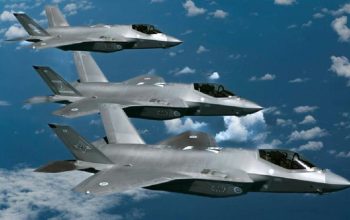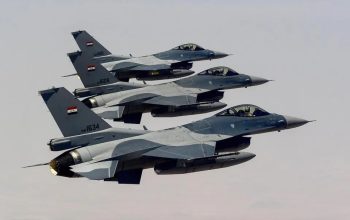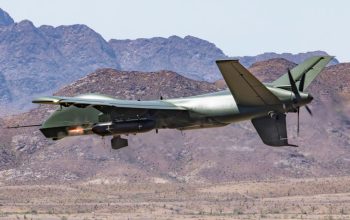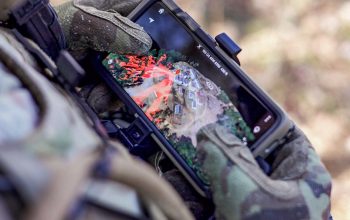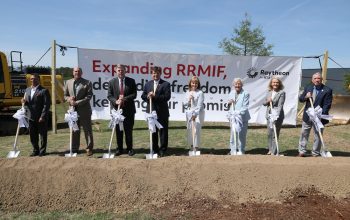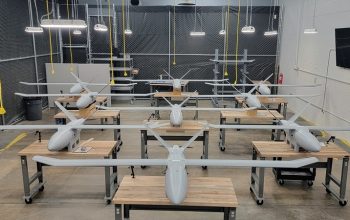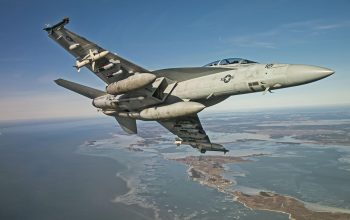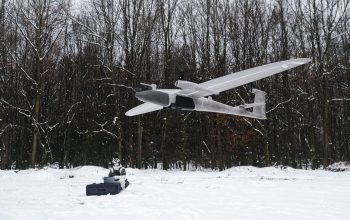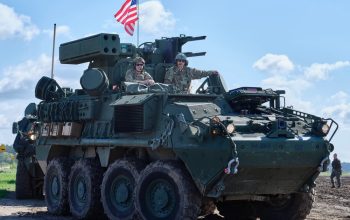In support of its efforts to modernize America’s bomber fleet, the U.S. Air Force will begin divesting 17 B-1B Lancers from its current fleet as authorized by the U.S. National Defense Authorization Act. It will allow officials to focus maintenance and depot-level manpower on the remaining aircraft, increasing readiness and paving the way for the bomber fleet modernization ready to meet future challenges. The 17 B-1B aircraft will be retired from the current fleet of 62 B-1s, leaving 45 in the active fleet. Of the 17 B-1 aircraft, four will be required to remain in a reclaimable condition that is consistent with Type 2000 recallable storage. This action will not affect the service’s lethality or any associated maintenance manpower.
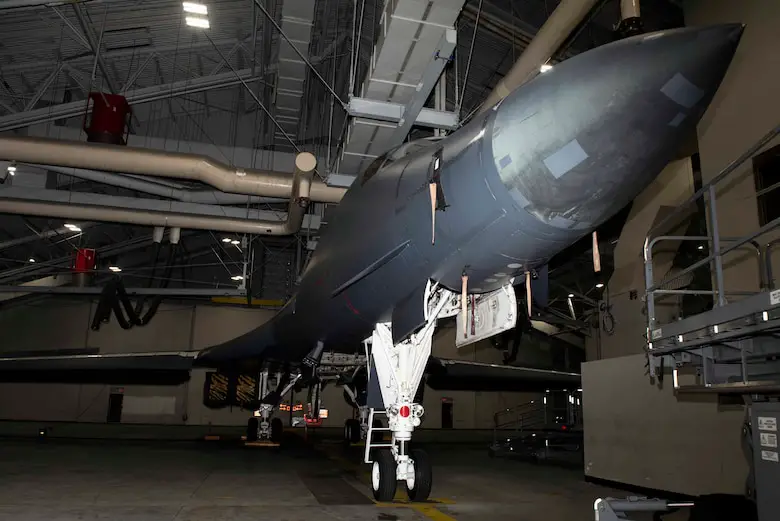
“Beginning to retire legacy bombers, to make way for the B-21 Raider, is something we have been working toward for some time,” said Gen. Timothy Ray, commander of Air Force Global Strike Command. “Due to the wear and tear placed on the B-1 fleet over the past two decades, maintaining these bombers would cost tens of millions of dollars per aircraft to get back to status quo. And that’s just to fix the problems we know about. We’re just accelerating planned retirements. Retiring aircraft with the least amount of usable life allows us to prioritize the health of the fleet and crew training. Our ability to balance these priorities will make us more capable and lethal overall. he divestiture of the B-1 is necessary in order for the Air Force to create an even more lethal, agile and sustainable force with a greater competitive edge for tomorrow’s fight,” Ray said.
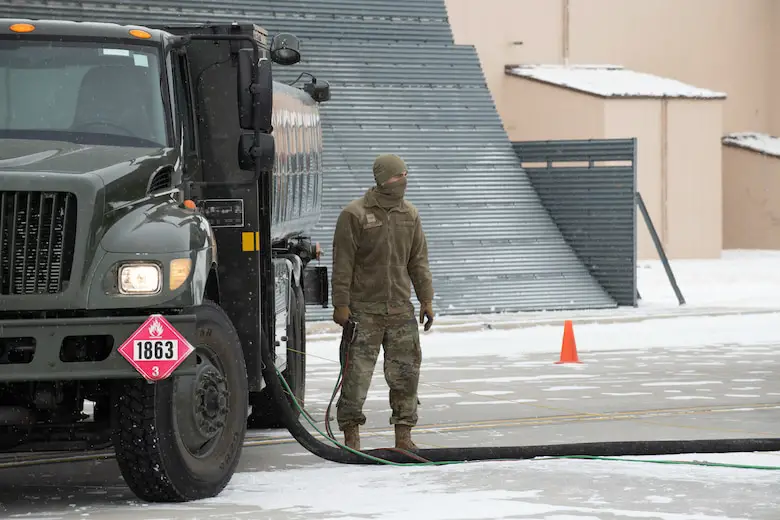
The B-1B is a revised B-1 design with reduced radar signature and a top speed of Mach 1.25. It is optimized for low-level penetration. Continuous combat operations over the last 20 years have taken a toll on the airframe’s structure. Currently, a small portion of the B-1Bs are in a state that will require approximately ten to thirty million dollars per aircraft to get back to a status quo fleet in the short term until the B-21 comes online. With fewer aircraft in the B-1 fleet, maintainers will be able to give more time and attention to each aircraft. The Rockwell B-1 Lancer is a supersonic variable-sweep wing, heavy bomber used by the United States Air Force. It is commonly called the “Bone” (from “B-One”). It is one of three strategic bombers in the U.S. Air Force fleet as of 2020, the other two being the B-2 Spirit and the B-52 Stratofortress.


